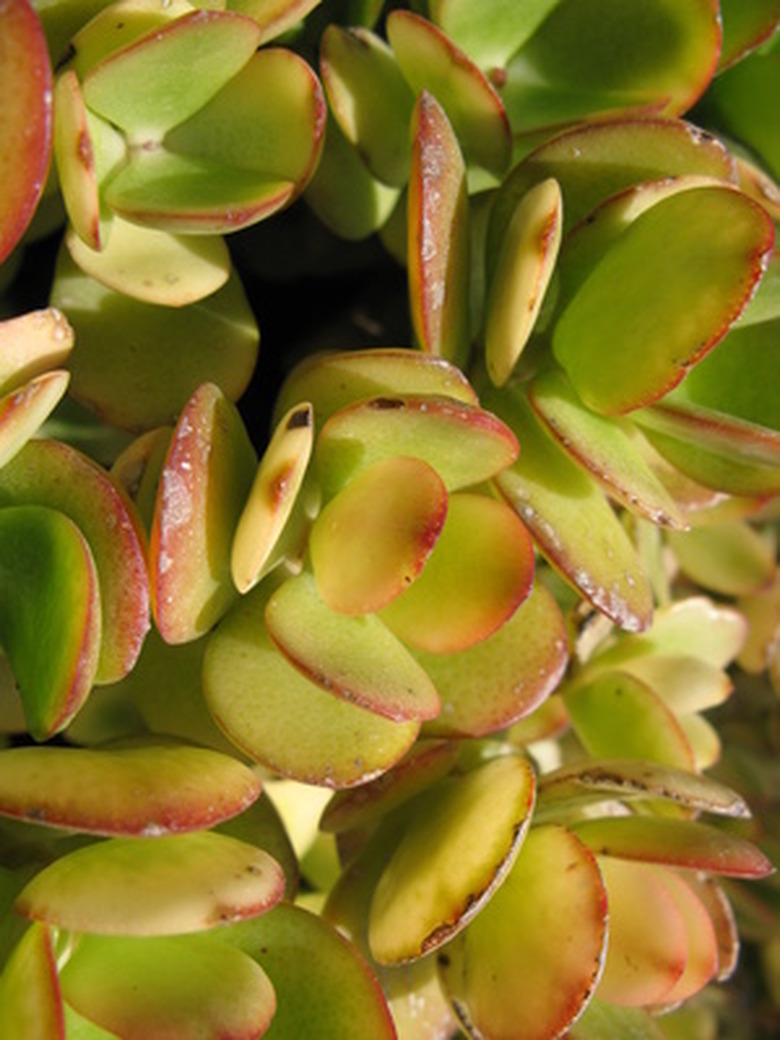Purslane Perennials
Most gardeners are familiar with purslane, the low-spreading, thick-leaved weed that invades vegetable gardens and flower beds. Several lesser-known varieties exist, as well. Some of these are true perennials. Annual types are prolific self-sowers and come back year after year.
History
Common purslane (Porulaca oleracea) originated in India and Persia and has spread throughout the world. It is often considered a nuisance, as it is extremely drought-tolerant and invasive. Siberian or pink purslane is native to North America and can be found from Alaska to California.
- Most gardeners are familiar with purslane, the low-spreading, thick-leaved weed that invades vegetable gardens and flower beds.
- Common purslane (Porulaca oleracea) originated in India and Persia and has spread throughout the world.
Types
Common purslane is a succulent plant that produces a mat of thick stems and padded leaves. It invades gardens throughout the United States. Garden purslane varieties are hybrid types, including 'Golden' and 'Tall Green.' These plants have an upright growth pattern and larger leaves and flowers than common purslane. They self-sow, but are less likely to become invasive, according to Siberian purslane is a perennial purslane similar to garden purslanes.
Benefits
Purslane is a good source of Omega-3 fatty acids, vitamin A and vitamin C, according to Texas A&M University. Purslane is often eaten in Russia and the Mediterranean, as well as in Mexico, where it is considered a comfort food. The plant can be eaten fresh in salads or sandwiches, steamed or as a soup ingredient. The plant has a tangy, crisp taste and is low in calories.
- Common purslane is a succulent plant that produces a mat of thick stems and padded leaves.
- They self-sow, but are less likely to become invasive, according to Siberian purslane is a perennial purslane similar to garden purslanes.
Growing Conditions
Purslane is very drought-tolerant and grows in any soil conditions, including gravel driveways. It germinates in soil temperatures above 90 degrees Fahrenheit and doesn't generally appear until mid-June, after most pre-emergent herbicides have lost their effectiveness. It is not tolerant of frost, but reappears yearly through self-sowing. Seeds remain viable in the soil for up to forty years.
Solutions
The best way to keep purslane from becoming invasive is to prevent it from going to seed by hand pulling it when plants are young. A 2-inch layer of gravel or wood chip mulch prevents germination. Purslane is so drought-tolerant that any bits of it left in the garden will regrow. Purslane seeds germinate at a depth of a half-inch under the soil or less. Tilling the soil by hand or machine brings purslane seeds to the surface, causing the plant to proliferate. The soil is best left undisturbed, except for hand weeding.
- Purslane is very drought-tolerant and grows in any soil conditions, including gravel driveways.
